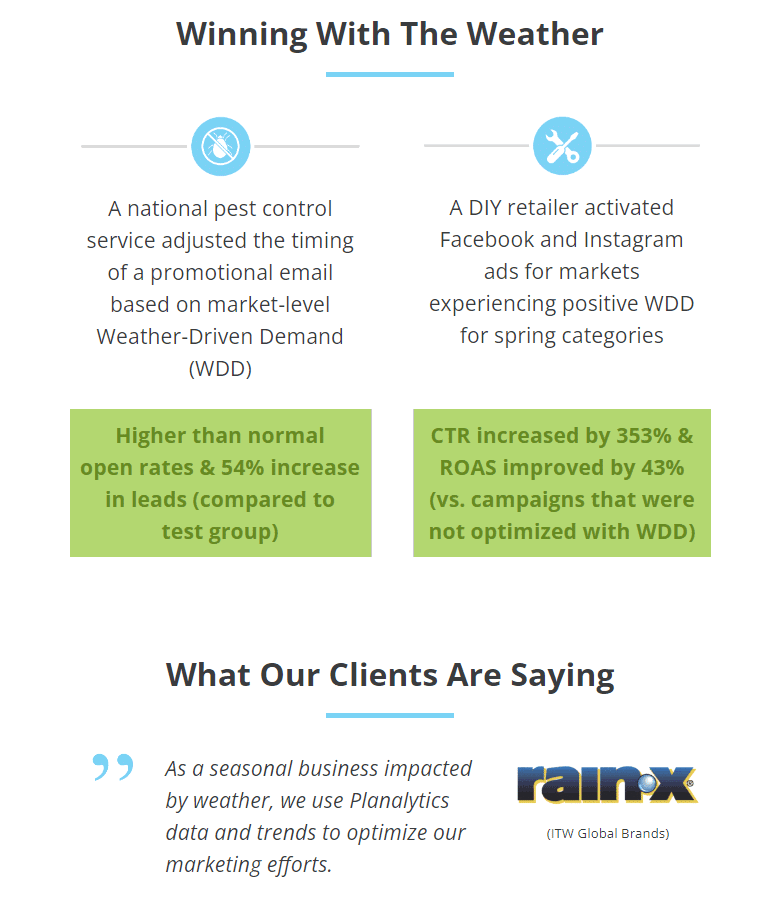Weatherize to Personalize: Improve Advertising Returns by Targeting Audiences at the Right Time
An itmunch.com blog post entitled Programmatic Ads: Past, Present, Future discusses how “automated advertising has changed how brands and marketers reach the people they want to reach.”
The blog post looked at how programmatic advertising has evolved through time, from its emergence in the early 2000s when real-time bidding “enhanced efficiency and transparency in the ad-buying process” and brands began to leverage data-driven targeting such as “ user behavior data, demographics, and other metrics to serve ads to relevant audiences.” The article goes on to look at programmatic advertising’s current dominance in which “advertisers can reach the right audiences at the right time with laser-like precision, increasing the likelihood of conversions and reducing ad waste.”
Five key future trends are also highlighted:
- Integration of TV and Audio Programming
- Enhanced Cross-Device and Cross-Media Targeting
- Blockchain for Transparency and Trust
- Personalization at Scale
- Voice-Activated Advertising
Planalytics’ work with clients confirms a growing appetite in personalization which “make it possible to create hyper-personalized experiences at a large size” according to the blog’s writer. Marketers “will be able to send highly relevant, personalized” content that “will increase connection and sales.”
“AI systems will look at a huge amount of data to make profiles of users, guess how they will act, and give personalized ads in real-time. With the help of dynamic creative optimization, a skilled programmatic ad agency will be able to instantly change ad content based on user tastes, location, weather, and other factors. Personalization on a large scale will help businesses connect with their viewers better and get better results from their campaigns.”
Optimize Campaigns with Predictive Weather-Driven Demand (WDD): One of the best avenues to personalize advertising is to “weatherize”. WDD analytics quantify how consumer purchasing responds to changes in the weather for specific products, at specific times, in specific markets. Weatherized insights in the form of WDD information goes far beyond simple temperature or rainfall triggers to capture localized buying behavior. After all, how someone reacts to 62 degrees in Minneapolis vs. Miami can be quite different, as can the responses in March vs. July vs. November. And every product has its own unique weather-based demand characteristics as well.
Businesses can improve click-throughs, sales, ROAS and more by optimizing campaigns with predictive Weather-Driven Demand (WDD) analytics that show when, where, and to what degree demand will be elevated or depressed for specific products or services.
Review Getting more from your digital marketing investment to learn more.

